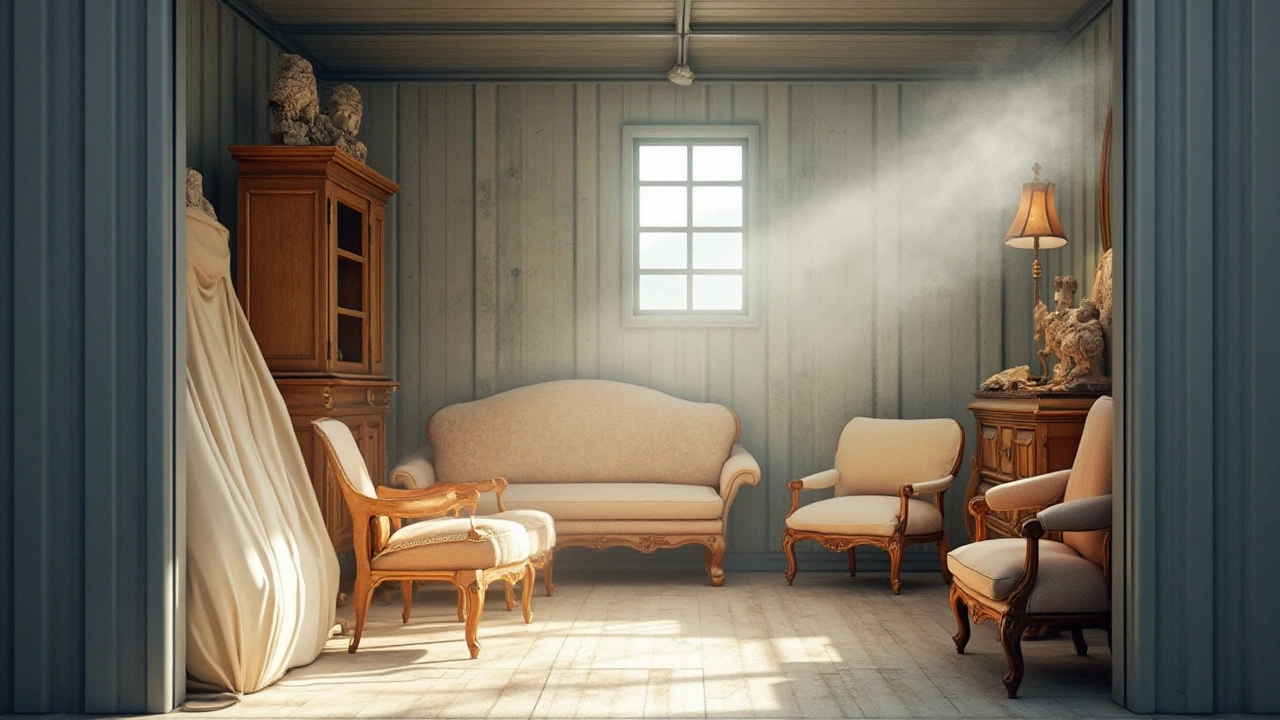Furniture Mold: Spot It, Stop It, and Keep It Away
Ever notice a dark spot or a musty smell on your sofa, cabinet, or chair? That’s likely furniture mold, and it can spread fast if you ignore it. The good news is you don’t need a specialist to deal with it. With a few everyday tools and a bit of know‑how, you can clear the mold and protect your pieces from returning.
What Causes Furniture Mold?
Mold loves moisture, warm air, and organic material – all things most furniture provides. Leaky roofs, high humidity, or a spill that isn’t dried quickly creates the perfect breeding ground. Even wood furniture can attract mold if it sits in a damp basement or near a bathroom without proper ventilation. The spores are everywhere, but they only grow when the conditions are right.
Common triggers include:
- Spilled drinks that sit for hours.
- Pet accidents left untreated.
- Window condensation that drips onto a side table.
- Leaving the air conditioner off during a humid summer.
Spotting mold early saves you time and money. Look for fuzzy or slimy patches, discoloration (often black, green, or white), and that earthy odor. If you see any of these, act now.
Easy Ways to Remove and Prevent Mold
First, protect yourself. Wear a mask, gloves, and goggles to avoid inhaling spores or getting them on your skin. Then follow these steps:
- Mix a cleaning solution. Combine one part white vinegar with one part water, or use a commercial mold remover. Vinegar kills most mold types without harsh chemicals.
- Test a hidden spot. Dab a little solution on an inconspicuous area to ensure the finish isn’t damaged.
- Scrub the mold. Apply the solution with a spray bottle, let it sit for 10 minutes, then scrub with a soft brush or cloth. For porous wood, you may need to repeat the process.
- Dry thoroughly. Wipe the surface with a clean towel and place a fan nearby. Moisture is the enemy, so the faster it dries, the less chance the mold has to rebound.
- Seal if needed. For wood pieces, consider a clear sealant after cleaning to add a moisture barrier.
Prevention is just as simple. Keep indoor humidity below 60% with a dehumidifier, especially in basements and bathrooms. Open windows when the weather allows, and use exhaust fans while cooking or showering. Promptly wipe up any spills and let furniture dry in a well‑ventilated space.
If you notice recurring mold, it might be time to check the surrounding area for hidden leaks or improve overall ventilation. Sometimes a small crack in a wall lets water in, and you’ll keep fighting the same problem.
Finally, regular maintenance helps. Dust surfaces weekly, vacuum upholstery with a HEPA filter, and rotate cushions so air can circulate. These habits keep dust – a food source for mold – at bay.
Dealing with furniture mold doesn’t have to be a nightmare. By spotting the signs early, cleaning with the right solution, and controlling moisture, you protect your home’s look and health. Got a stubborn spot? Keep at it, stay safe, and your furniture will stay fresh for years to come.




